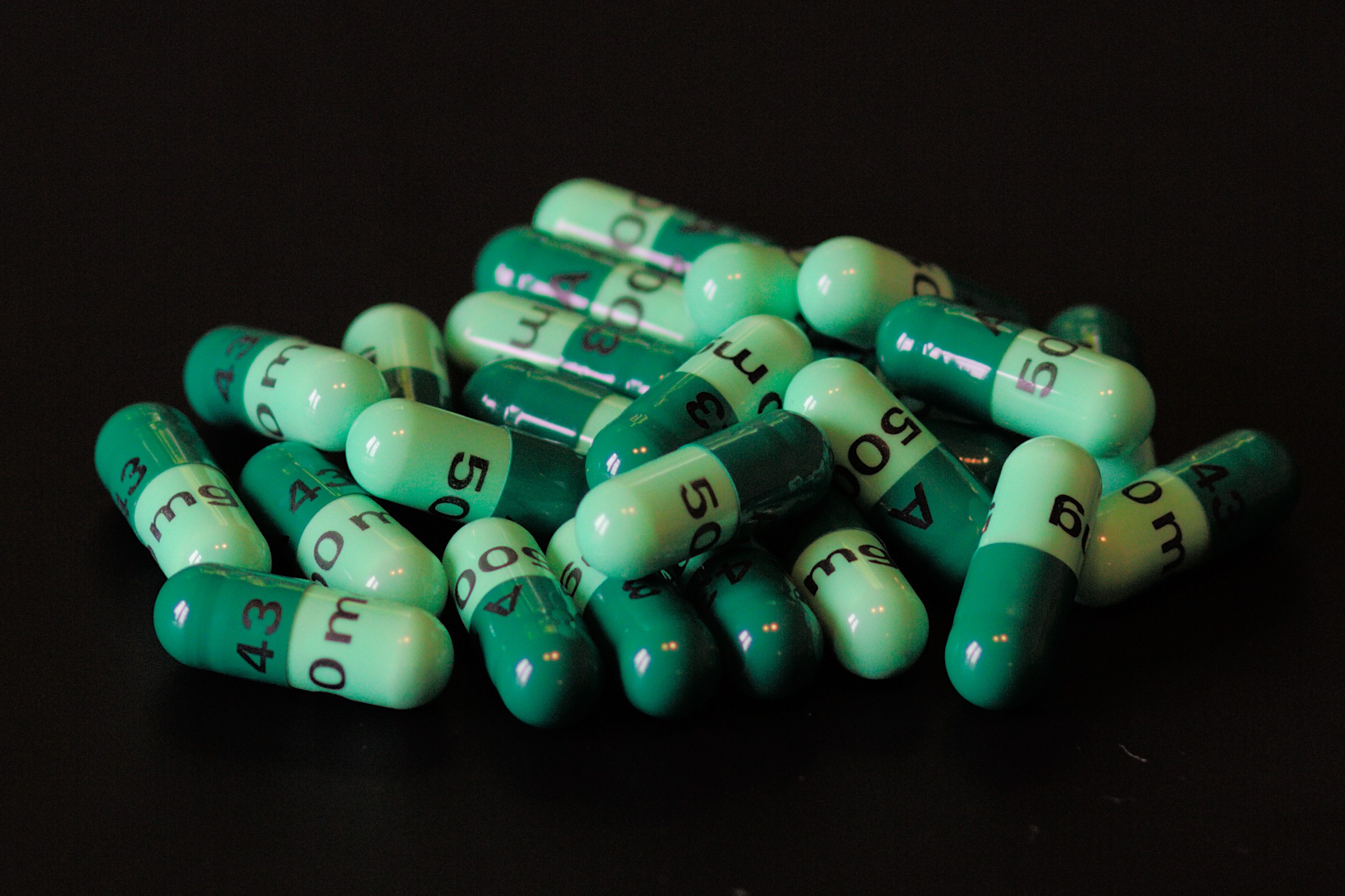| name | Cefalexin |
| classification | First-generation cephalosporin antibiotic |
| pharmacokinetics | | absorption | Well absorbed orally, peak plasma levels achieved within 1-2 hours. Food slightly delays absorption. | | distribution | Distributes widely throughout the body, including the CNS (in some cases). | | metabolism | Metabolized primarily in the liver. | | excretion | Excreted primarily in the urine as active metabolites. |
|
| suggested dosage | | adult | Typical doses range from 250 mg every 6 hours to 500 mg every 6 hours, depending on the severity of infection and the patient's response. Consult with a healthcare provider for appropriate dosage. | | weight specific details | Dosage may need to be adjusted based on individual patient needs, such as renal function. A 70kg patient at 25 years old is generally considered a healthy adult and likely to tolerate standard dosage recommendations. | | specific indications dosing | For specific infections, different dosage regimens may apply. For example, in the case of sinusitis or skin infections, doses might be higher or more frequent for a short period, based on clinical guidelines. |
|
| indications | Cefalexin is used to treat a variety of bacterial infections, including skin infections, respiratory tract infections, and urinary tract infections. Specific indications should be determined by a physician based on a thorough patient examination and laboratory findings. |
| safety in pregnancy | Cefalexin is generally considered safe for use in pregnancy, but this should be determined by a healthcare provider based on the specific situation. Pregnancy risk is categorized as B or C by some sources. |
| safety in breastfeeding | Cefalexin is excreted in breast milk in low amounts. In most cases, it is considered safe in breastfeeding mothers, however, the benefits and risks should be weighed by the healthcare provider. |
| side effects | | 1 | Nausea | | 2 | Vomiting | | 3 | Diarrhea | | 4 | Abdominal pain | | 5 | Superinfection (e.g., yeast infections) | | 6 | Allergic reactions (e.g., rash, hives, itching, difficulty breathing) | | 7 | Headache | | 8 | Diarrhea | | 9 | Vaginitis |
|
| alternatives | |
| contraindications | | 1 | Known allergy to cephalosporins or penicillins | | 2 | History of severe allergic reactions to other drugs |
|
| interactions | Cefalexin may interact with certain medications, such as anticoagulants, oral contraceptives, and other antibiotics. Always inform your healthcare provider about all medications you are taking. |
| warnings and precautions | Monitor for signs of allergic reactions (e.g., rash, difficulty breathing). Patients with renal impairment may require dosage adjustments. Avoid alcohol while taking this antibiotic. It is important to take the medication as prescribed by the physician to minimize potential side effects and treatment failure. |
| additional information | Complete the full course of antibiotics, even if symptoms improve, to ensure all bacteria are eliminated and prevent antibiotic resistance. |
| patient information | | age | 25 | | weight | 70 | | sex | Male | | important notes | Detailed discussion with a medical professional is essential to determine the correct dosage and treatment duration specific to this patient's condition. |
|

